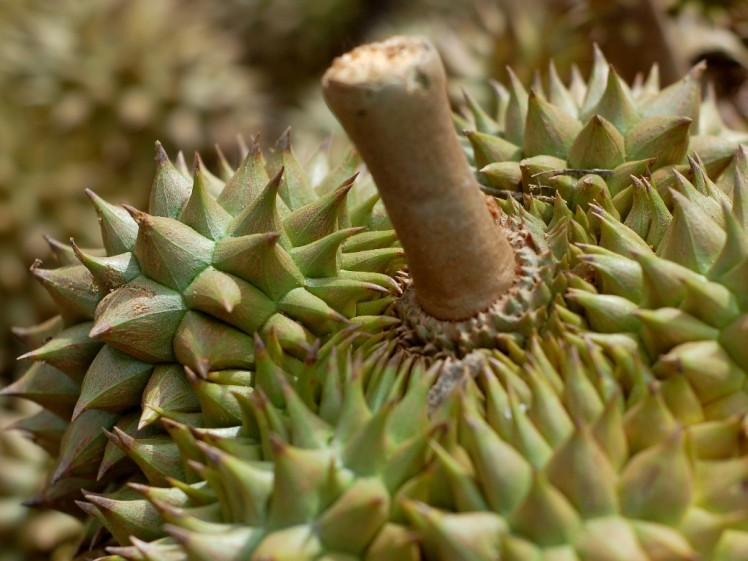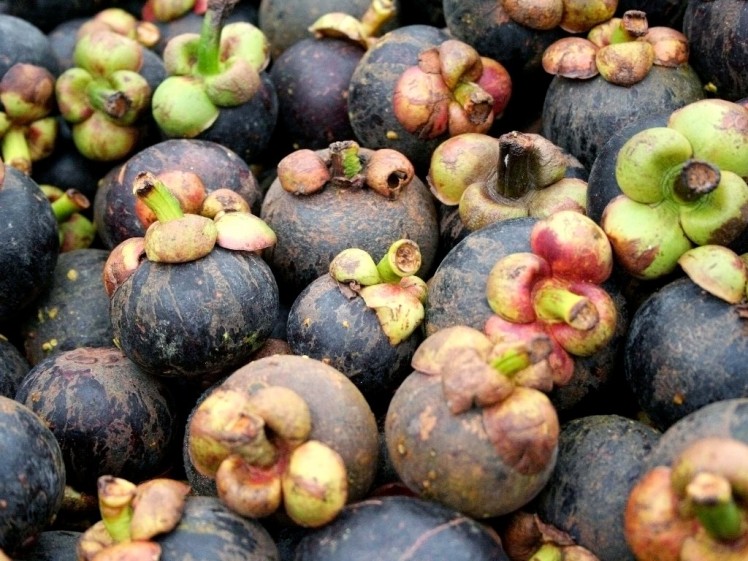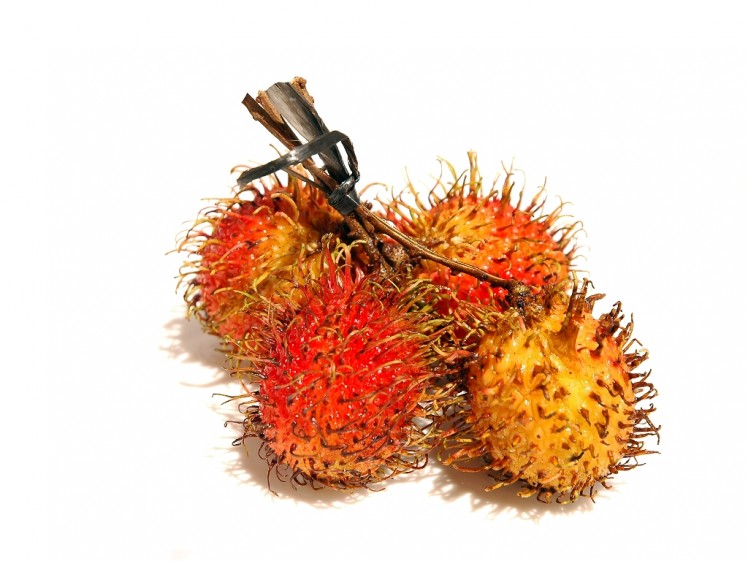Malaysia is not just a melting pot of cultures and food, it’s also a place where tropical and seasonal fruits can be found in abundance. This is largely made possible thanks to the sunny climate combined with frequent rainfalls that Malaysia enjoys all year round. Malaysian fruits can be divided into two types: seasonal and non-seasonal. Seasonal fruits include the durian, rambutan, and manggis, among others, and are not available year-round. The non-seasonal fruits such as the papaya and the banana are available at any time of the year.
When in season, the demand for these fruits leads to them being sold practically everywhere, from make-shift stalls along trunk roads and highways to hypermarkets, supermarkets, wet markets, pasar tani (farmer’s market), and night markets. This month, The Expat takes a look at some seasonal local fruits that should be enjoyed by every expat, at least once. Without much ado, we start with the “King of Fruits”, the smelly yet delicious durian.
1. Durian
There never has been controversy over a fruit like the one durians have been subjected to. Banned in public places such as hotels due to its overwhelming aroma, but loved by many people; the durian is a thorny subject for many tourists visiting Malaysia for the first time. Earning the moniker “King of Fruits,” durian is native to Malaysia and Indonesia, and there is no sitting on the fence when it comes to durians, you either love it or hate it.
Once you manage to get past the prickled, armour-like skin (and smell!), the inside reveals around eight seeds in varying sizes, each covered with a soft, delicate, and creamy flesh – the only edible part of the fruit. To the durian lover, the taste is deliciously sweet with an aftertaste vaguely reminiscent of the smell. Some first-time durian eaters claim that it has an aftertaste of alcohol, which explains why eating it gives you this ‘heaty’ feeling inside – like you’ve downed a shot of vodka. The durian season in Malaysia typically runs from June to August. So what are you waiting for? Try a durian and decide which side of the coin you belong to.
2. Manggis
What is a King without a Queen, you may ask. Unique due to its appearance and flavour, the mangosteen (manggis) is often revered as queen of the tropical fruits. This exotic, purple-coloured fruit is popular for its snow-white, juicy, delicious segments of flesh, as well as for its numerous health benefits.
The manggis – about the size of a tangerine – has a soft, white, edible centre that is similar in construction to the sections of an orange, with possibly one seed in each of the larger segments. The smaller segments are seedless and will almost melt in your mouth, releasing a delicious juice that is a perfect balance of acids and sugars. The fruit can be opened by squeezing until the rind splits or by using a knife to cut through the rind. Once opened, there are at least four (usually more) juicy, soft, and pearly white segments that are pleasantly sweet in taste and rich in vitamin C. The taste of Malaysian manggis is so good, that this fruit is much sought after in distant places such as Europe, USA, China, and Japan. Manggis season peaks in early June and late December each year.
3. Rambutan
Next up is the rambutan, a very popular native fruit that shares some similarities with lychees. Native to the Malay Archipelago, what’s unique about this egg-shaped red fruit is that it is covered in dark, hairy protuberances from the skin. Therefore, the name is derived from the Malay word rambut, meaning ‘hair’. But once the hairy exterior of the rambutan is peeled away, the translucent flesh inside is soft, sweet, tender, fleshy, and juicy. The flavour is moderately sweet, similar to lychee and somewhat floral, thus winning over most new tasters on the spot. Most rambutan fruits are red, although there are yellow varieties too. The difference
between the two colours appear to be the variations in antioxidant pigments in the skins, as the inner fruits remain the same colour. Rambutans are believed to be a good source of Vitamin C, natural sugars, potassium, fibre, calcium and magnesium.
While it is easy enough to peel open a rambutan by splitting the skin apart with your nails or biting into it, eating rambutans can be somewhat messy, because when they are fully ripe, the fruits can squirt a little when opened. The rambutan season peaks in early May and late December each year.
Read This: The Fascinating History of Chilli
Source: The Expat Magazine May 2015
"ExpatGo welcomes and encourages comments, input, and divergent opinions. However, we kindly request that you use suitable language in your comments, and refrain from any sort of personal attack, hate speech, or disparaging rhetoric. Comments not in line with this are subject to removal from the site. "





















What about Duku, Dokong and Langsat? These are my favorite fruits that I only found when comming to Malaysia. Mangosteen is nice too but Dokong is awesome 😉
Durian very tes hot most favorite Malaysia one energy power fruits.
Finger licking good. ?
My favorite fruits in Malaysia, very hot and full energy !!!
In india childless couples eat to get concieve.
burians I like it
Durian is the great my favorite fruit
Mangosteen and rambutan.
Lychees
Kasto namitho
?durians
The smellier it is. The tastiest the fruits!
DURIAN ..The most delicious fruit around the world ..miss it ??
durian over loaded by aromas , god in taste